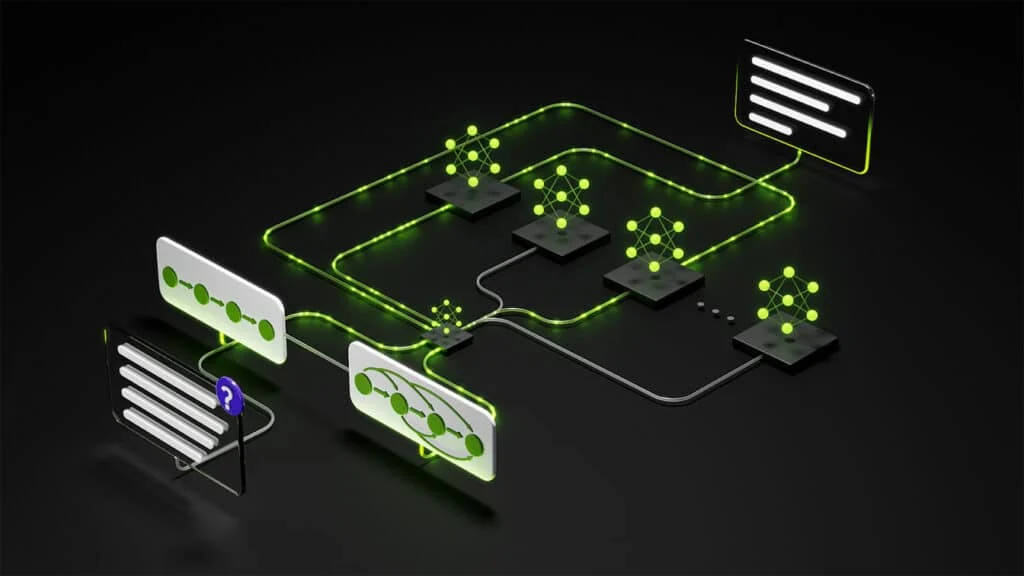The News: Microsoft announced new pricing for Dynamics 365 for the first time in more than 5 years, effective October 1, 2024. The company says the updates are designed to reflect the value and innovation that it has delivered over the past 5 years to meet the changing needs of customers. The company specifically highlighted the inclusion of new AI and automation features, tools used to optimize workflows and business processes, and capabilities that help to deliver unified data, insights, and analytics as key value drivers. You can read more about these announcements on the Microsoft website.
Microsoft Announces New Pricing for Dynamics 365 Customers
Analyst Take: Microsoft announced new pricing for Dynamics 365 that will apply to both new and existing customers, which will take effect October 1, 2024. The company says the new pricing is reflective of the increased value provided by the inclusion of AI and automation features, tools to optimize workflows and processes, and capabilities that are designed to help deliver unified data, insights, and analytics.
Microsoft has published the following table illustrating the products that have updated pricing:

Microsoft notes that the prices for Dynamics 365 on-premises Customer Engagement and Operations products will increase by the same percentage as the respective cloud versions. Pricing for cloud products not listed above, such as Dynamics 365 Business Central, will remain unchanged.
Furthermore, the company says that the price increases will apply globally to new and existing customers (upon renewal after October 1, 2024), and the products will be priced comparably in other currencies. To comply with local regulations, US government list prices for the same products will increase by 10% effective October 1, 2024, followed by another smaller increase effective October 1, 2025, to bring parity with commercial prices.
SaaS Pricing Increases Are Not Unprecedented
Microsoft’s decision to raise prices for its enterprise-focused CRM and ERP-focused applications is neither unexpected nor out of line with other vendors’ approaches. Like its competitor, Salesforce, which raised its prices last summer, Microsoft has been forced to incorporate a host of new technological features and capabilities into its offering to remain competitive, particularly as customers expect new technologies to be embedded into the platform on a far more frequent basis than ever before. Furthermore, Microsoft clearly expects the demand for innovation within its product suite to accelerate, and likely wants to not only protect margin but also position its offerings on the same tier as other large, enterprise-grade products.
The revised pricing is about 12% higher on average, which, considering factors such as inflation, the expected cost of incorporating new enhancements, and the continuous need to invest in product marketing and sales effort, does not appear excessive. The pre-announcement of pricing likely will spur more price-sensitive customers to try to negotiate their renewal dates and terms to take advantage of current pricing.
While price increases are often met with derision by customers, Microsoft, like other vendors within the tech space and beyond, is far from immune from the economic pressures that are affecting businesses of all stripes and sizes. It makes sense to raise prices in an environment when everything from the price of food to streaming services has increased. Furthermore, depending on the size of the organization and how many licenses have been purchased, it is likely an organization can negotiate discounts off the list price.
Disclosure: The Futurum Group is a research and advisory firm that engages or has engaged in research, analysis, and advisory services with many technology companies, including those mentioned in this article. The author does not hold any equity positions with any company mentioned in this article.
Analysis and opinions expressed herein are specific to the analyst individually and data and other information that might have been provided for validation, not those of The Futurum Group as a whole.
Other Insights from The Futurum Group:
Microsoft Teams Rooms Innovations with Albert Kooiman at Enterprise Connect
Microsoft Elevates Hybrid Work with Latest Teams Enhancements
Copilot for Service Introduced by Microsoft
Author Information
Keith Kirkpatrick is Research Director, Enterprise Software & Digital Workflows for The Futurum Group. Keith has over 25 years of experience in research, marketing, and consulting-based fields.
He has authored in-depth reports and market forecast studies covering artificial intelligence, biometrics, data analytics, robotics, high performance computing, and quantum computing, with a specific focus on the use of these technologies within large enterprise organizations and SMBs. He has also established strong working relationships with the international technology vendor community and is a frequent speaker at industry conferences and events.
In his career as a financial and technology journalist he has written for national and trade publications, including BusinessWeek, CNBC.com, Investment Dealers’ Digest, The Red Herring, The Communications of the ACM, and Mobile Computing & Communications, among others.
He is a member of the Association of Independent Information Professionals (AIIP).
Keith holds dual Bachelor of Arts degrees in Magazine Journalism and Sociology from Syracuse University.







